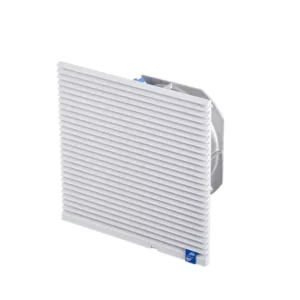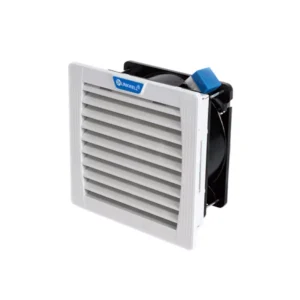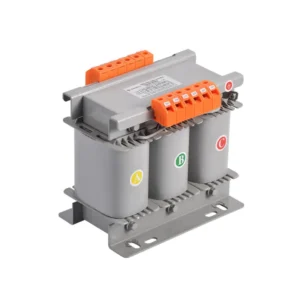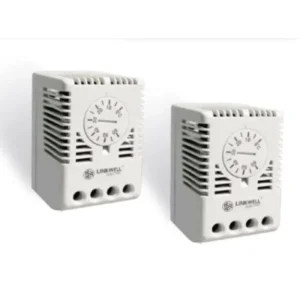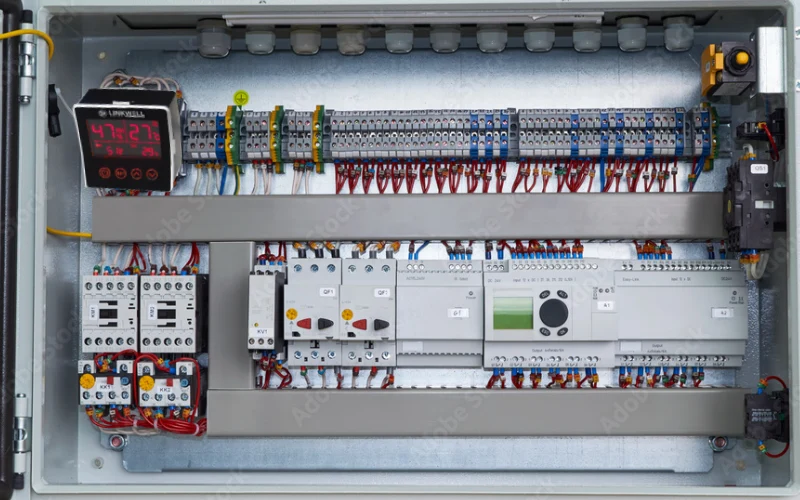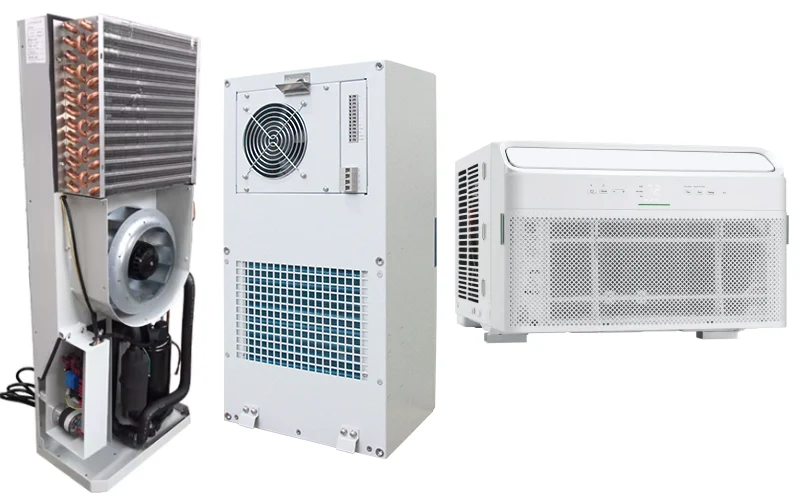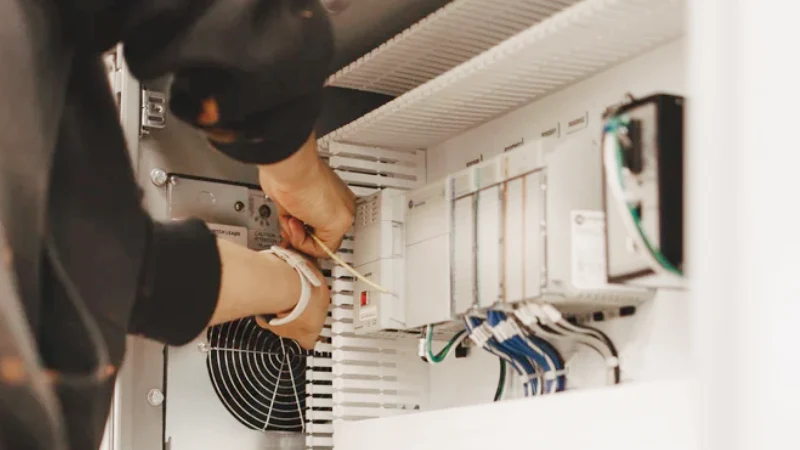Switchboards are the backbone of modern electrical systems, directing, protecting, and managing power distribution in commercial and industrial facilities.
Why Switchboards Matter
In any industrial or commercial electrical system, the switchboard serves as the command center for power distribution. From skyscrapers and hospitals to factories and shopping centers, these units manage the flow of electricity, protect circuits, and ensure operational safety. As electrical infrastructure becomes more complex and digitized, the importance of reliable, standards-compliant switchboards has never been greater.
What Is a Switchboard? Modern Definitions & Functions

A switchboard is a freestanding enclosure that receives power from a main source—either utility service or a generator—and redistributes that power to multiple branch circuits. These circuits supply lighting, HVAC systems, machinery, and receptacles throughout a facility.
Each branch circuit is protected by overcurrent devices such as circuit breakers or fuses, which help prevent electrical faults from escalating into hazards. Switchboards also incorporate metering equipment and monitoring tools to provide real-time feedback on system performance.
Unlike wall-mounted panelboards, switchboards typically handle higher voltage and amperage and are built to accommodate front and rear access for large-scale applications.
Core Components Inside a Switchboard
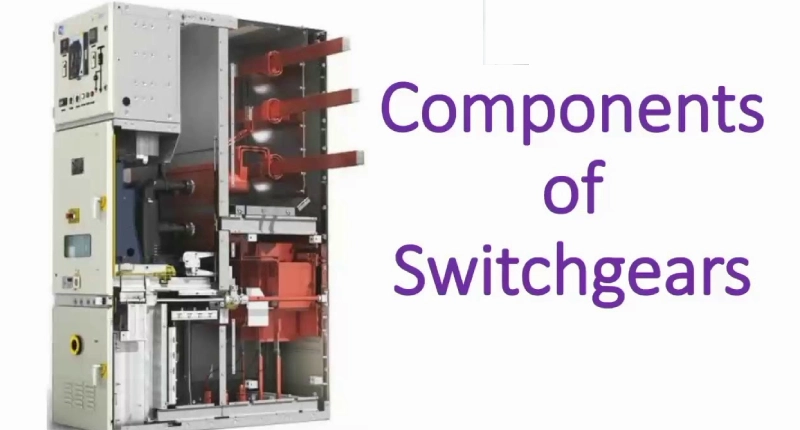
| Component | Function |
|---|---|
| Bus Bars | Conduct high-current electricity across the system. Available in copper or aluminum. |
| Circuit Breakers | Automatically isolate overloaded or faulted circuits. |
| Fuses | Provide overcurrent protection; still common in fusible switchboards. |
| Meters | Measure voltage, current, and power consumption for load analysis. |
| Ground Bus Bar | Centralized grounding point to ensure safety compliance. |
| Surge Protection | Shields sensitive equipment from voltage spikes. |
| Control Wiring | Facilitates integration with building management systems. |
Recommended products
Fan and Filter Units
These are used to regulate internal temperatures by circulating air and preventing dust ingress. They help avoid overheating and maintain clean airflow within the enclosure.
Thermostats activate cooling systems when a temperature threshold is reached, while hygrostats manage humidity levels to prevent condensation that can damage sensitive electrical components.
These provide a safe, structured way to connect and distribute electrical circuits. They make wiring neater, improve safety, and simplify future expansions or maintenance.
A complete cable management system includes trays, ducts, ties, and guides that keep wiring organized, protected, and compliant with safety regulations. It improves serviceability and airflow.
Surge Protection Devices (SPDs)
SPDs protect critical components from voltage spikes caused by lightning, utility switching, or internal faults, ensuring system longevity and safety.
Control Relays and Timers
These allow switchboards to perform automated functions such as timed lighting, load shedding, or sequential equipment startups.
Signal Towers or Indicator Lights
Provide visual alerts for equipment status—such as overload, fault, or ready—making them ideal for industrial environments requiring fast operator response.
DIN Rails
Standardized mounting rails used to easily install and replace modular components like relays, meters, and terminal blocks in an organized manner.
Panel Lighting
Internal LED lights improve visibility during inspections, maintenance, or fault-finding, especially in poorly lit environments.
Modern switchboards may also feature draw-out breakers, arc flash shields, and communications modules for remote diagnostics and smart energy management.
Types of Electrical Switchboards
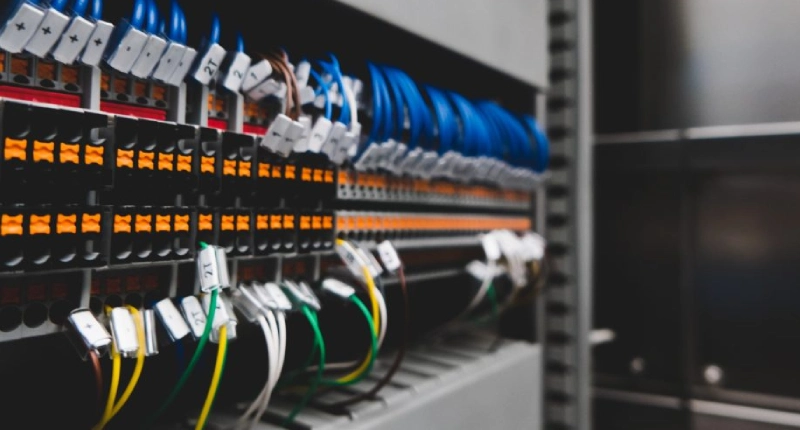
| Type | Best For |
|---|---|
| General-Purpose | Offices, retail centers; includes breakers, metering, and surge protection. |
| Fusible Switchboards | Heavy-duty commercial/industrial use with high fault tolerance. |
| Metering Switchboards | Facilities with tenant-based billing (e.g., malls, condos). |
| Service Entrance | Entry point for power from utility; subject to strict utility standards. |
| Draw-Out MCCB Systems | Hospitals, data centers—reduce downtime during breaker maintenance. |
Key Compliance Standards: UL 891, NEMA PB-2, and ISO 9001
- UL 891: U.S. safety standard for switchboards, verifying short-circuit withstand, bus bracing, grounding, and enclosure integrity.
- NEMA PB-2: Outlines performance and construction specs, including voltage ratings and environmental enclosures.
- ISO 9001: Quality management certification. Indicates the manufacturer follows consistent and documented processes.
Only choose switchboards listed under UL 891 and built by ISO 9001–certified manufacturers for assured safety and performance.
Bus Bar Materials: Copper vs. Aluminum Explained
| Feature | Copper | Aluminum |
|---|---|---|
| Conductivity | High | Lower (larger cross-section needed) |
| Cost | More expensive | More affordable |
| Corrosion Resistance | Excellent | Needs extra protection |
| Weight | Heavier | Lighter |
All bus bar joints in UL 891 switchboards must be plated (usually silver or tin) to ensure long-term corrosion resistance.
Protection Relays: Critical to Safety and Continuity
Modern switchboards use protection relays to detect and isolate electrical faults instantly. Key types include:
- Overcurrent Relays – Guard against overloads.
- Short-Circuit Relays – Instantly trip high fault currents.
- Ground-Fault Relays – Prevent shocks and fires.
- Arc Flash Relays – Rapid response to arc discharges.
These devices reduce equipment downtime, fire risks, and maintenance costs, making them essential in mission-critical environments.
Switchboards vs. Panelboards vs. Switchgear
| Feature | Panelboards | Switchboards | Switchgear |
|---|---|---|---|
| Max Voltage | Up to 600V | Up to 1000V | Above 600V (HV) |
| Max Current | Up to 1200A | Up to 6000A | Up to 10,000A |
| Mounting | Wall-mounted | Floor-standing | Floor-standing |
| Access | Front only | Front & Rear | Front & Rear |
| Applications | Commercial | Commercial & Industrial | Utilities, Substations |
| UL Standard | UL 67 | UL 891 | UL 1558 |
Integrated Facility Systems (IFS): A Smarter Approach
IFS switchboards combine various power systems—including transformers, UPS units, and transfer switches—into a single, modular enclosure.
Benefits:
- Reduces installation time
- Saves floor space
- Enhances compatibility among electrical components
IFS is especially beneficial in environments like construction sites, retail complexes, and hospitals where space and efficiency are critical.
Installation & Maintenance Best Practices
Installation must comply with local codes and manufacturer guidelines, including:
- Proper anchoring and clearance for heat dissipation
- Verified grounding and bonding per NEC standards
- IR scanning for thermal hotspots
- Torque checks and breaker testing
- Arc flash hazard assessments
Routine preventive maintenance increases lifespan and prevents costly failures.
Choosing the Right Switchboard Manufacturer
Here’s what to look for:
| Criteria | Why It Matters |
|---|---|
| UL 891 Certification | Ensures product safety and durability |
| In-House Fabrication | Guarantees faster delivery and quality control |
| OEM Partnerships (Eaton, ABB) | Confirms authenticity of core components |
| Warranty Coverage | Protects your investment |
| Engineering Support | Customization, post-install assistance |
The Future of Switchboards: IoT, Efficiency & Renewable Integration
Switchboards are evolving into digital assets within the smart grid ecosystem. Trends include:
- IoT-enabled monitoring for predictive analytics
- Energy-efficient design with power factor correction
- Integration with solar PV and battery storage
- AI-based diagnostics for maintenance forecasting
As energy demands and sustainability pressures rise, the modern switchboard will remain central to intelligent power distribution.
FAQ
What is the main function of a switchboard?
A switchboard serves as the central hub for electrical power distribution in a building or facility. It receives power from a main source (utility or generator) and distributes it to various circuits while providing protection, monitoring, and control.
What is the difference between a switchboard and a panelboard?
A panelboard is typically wall-mounted and designed for lower current (up to 1200A), while a switchboard is floor-mounted, handles higher currents (up to 6000A), and offers more flexibility in terms of access, customization, and component integration.
What are UL 891 switchboards?
UL 891 is a safety standard by Underwriters Laboratories for low-voltage switchboards. It ensures the switchboard meets strict requirements for construction, performance, and fault tolerance. Switchboards listed under UL 891 are considered safe and reliable for commercial and industrial use.
Do switchboards require regular maintenance?
Yes. Preventive maintenance—including thermal scanning, torque checks, visual inspections, and component testing—is essential to ensure long-term safety, reliability, and performance. Only qualified technicians should access internal components due to high voltage hazards.
Can switchboards be customized for specific projects?
Absolutely. Many manufacturers offer custom switchboards tailored to project-specific requirements—including metering configurations, bus bar material, enclosure type, protection devices, and integrated monitoring systems.
Conclusion
A switchboard is no longer just a power routing box—it’s a strategic, safety-critical node in your facility’s electrical infrastructure. Whether you’re an engineer specifying a project or a facility manager upgrading legacy equipment, investing in a high-quality, standards-compliant switchboard ensures long-term performance, safety, and adaptability to future technologies.

